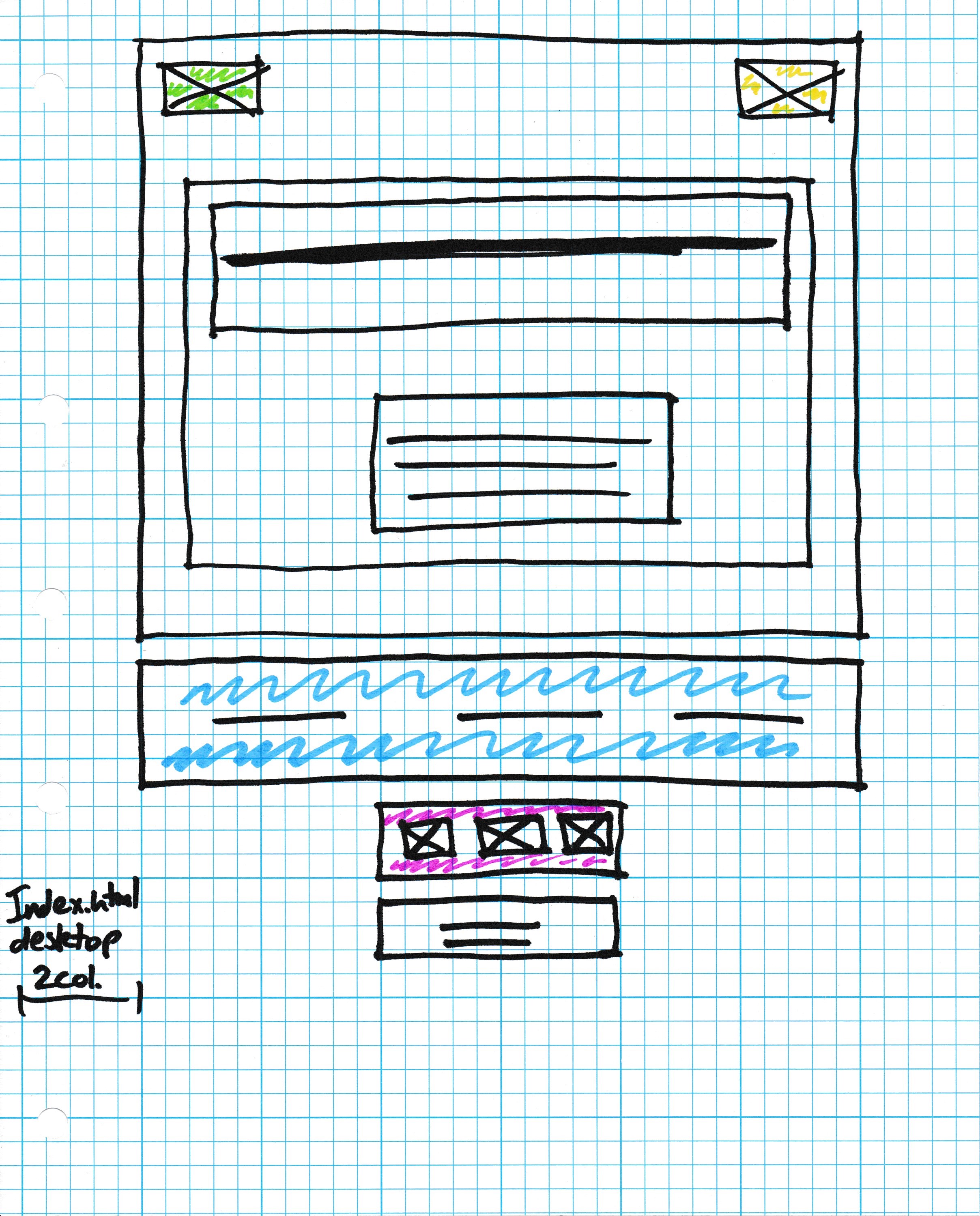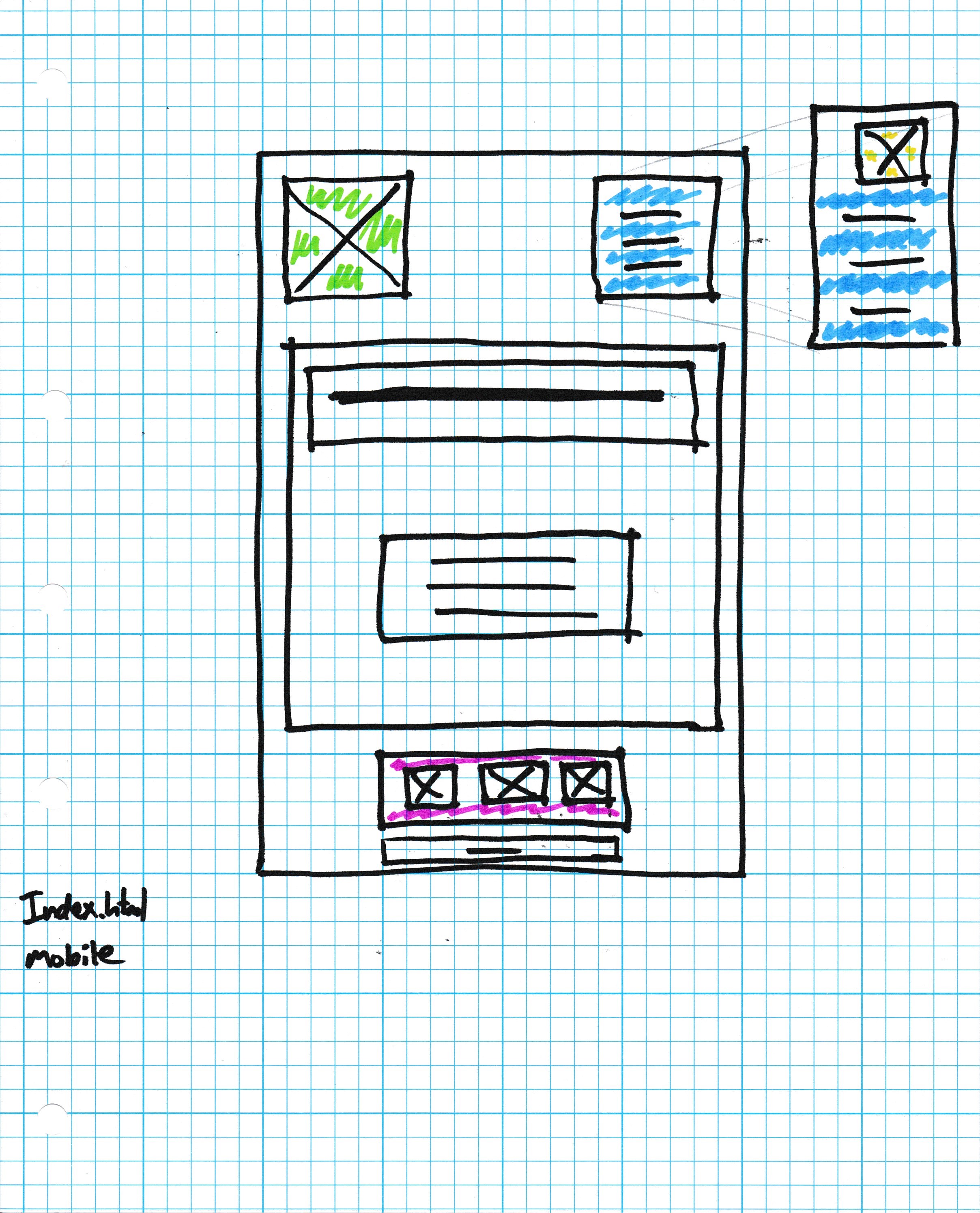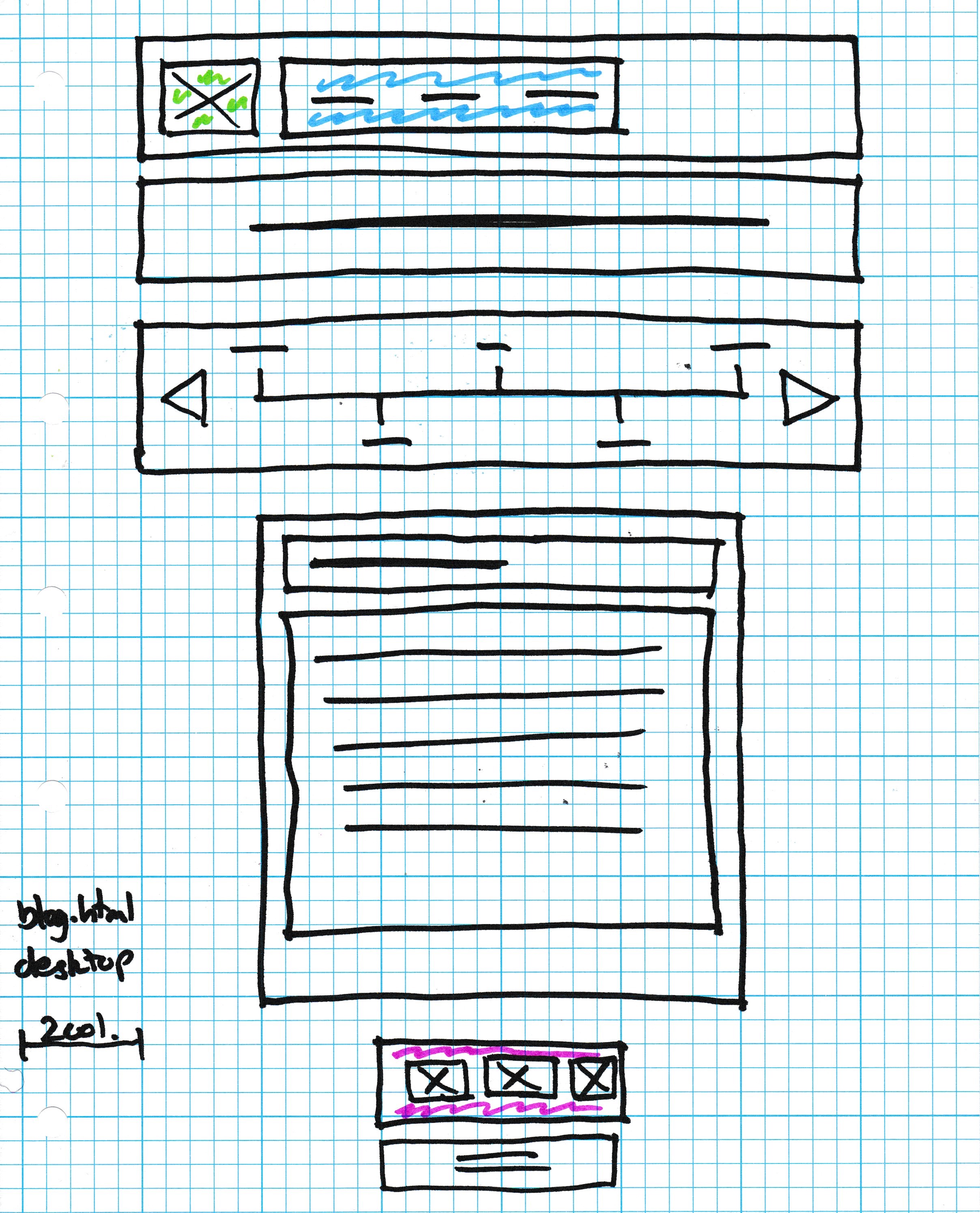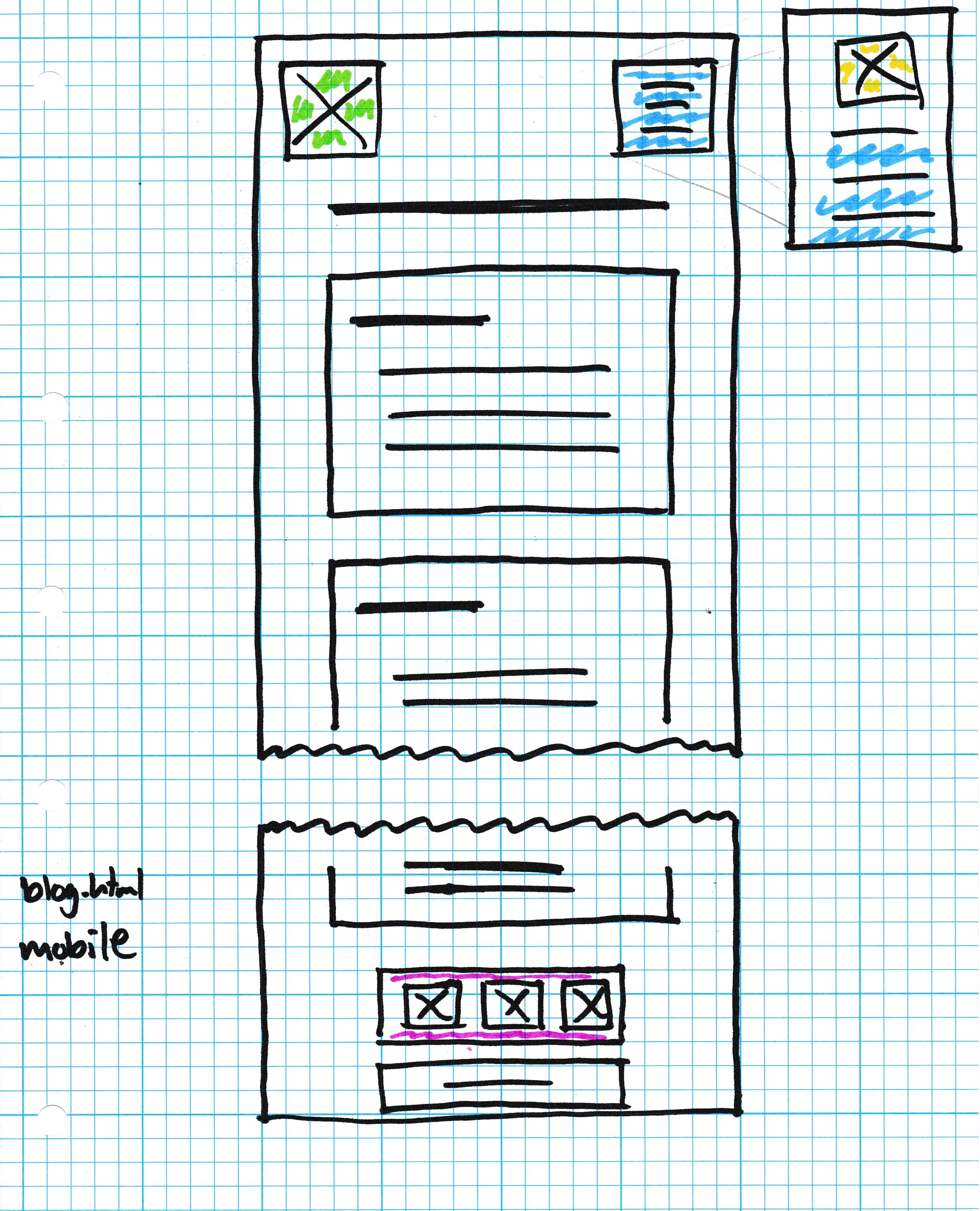Responsive Websites
Posted: 29/05/18
What is a responsive website and why is responsiveness important?
Before smartphones and other smaller screen devices became a popular way to browse the internet websites were designed
with the intention of being displayed on your computer screen, and most of those were pretty similar in size. This meant
that when coding a website you didn't have to be very concerned with how it might look if someone was to try view it on
a smaller screen. With the direction technology has taken however, there is now a huge distribution of different devices
that people use to access the internet. Smartphones among them have quickly become the predominant way many people browse.
Without accounting for the different size screens your site will be displayed on while you are coding it you could find
yourself in the situation where it is incredibly ugly or just plain unsuable for the majority of people accessing it.
Designing a "responsive" site is the solution to this problem. A responsively designed website will resize & reposition
its content depending on the size of screen it is being displayed on and also the type of input, whether it is touch or
mouse & keyboard. There are coding techniques that allow you to do this but more importantly it requires that you are mindful
of these different configurations of your website right from the outset to make sure your site is well designed for all users.
What is mobile first design, and why is it important?
Mobile first design is the design approach of starting with the layout of your website on a mobile screen size first and then scaling up from there once you are satisfied with how it looks at that size. This is a useful design process as it constrains your design, forcing you to focus on the really important aspects of your design and get those right. You're far more likely to create a clean, good looking design if you work in this way. It's also easier to add content to fill the white space when you scale your website up to a larger size than it is to eliminate things from an already completed layout when trying to fit to a smaller screen.
What are frameworks, why are they useful and what are their drawbacks?
A design framework is a pre-made coding structure which has been created in order to build the sort of features that developers commonly
want to include. By using a framework you can save a lot of time that you would have spent setting out the basic structure of your site
before you can start producing the more bespoke elements of it. This is an obvious benefit of using a framework but I can see other benefits
exist too. If you're using a commonly known framework another developer could more easily add features to your project without first having
to spend as much time learning what system you had implemented to solve these basic issues.
That's not to say there isn't value in creating your own framework however. Doing so gives you a better understanding of how the code works
as well as building your knowledge of CSS properties you might not have otherwise had to engage with, quite useful when you are a beginner
like I am now.
What is a wireframe and why would you use one?
A wireframe is a simplistic mockup of your site, limited in detail so you can quickly get an idea of the visual impact and functionality of your site without getting distracted by the detail of more intricate design details. It's a tool worth using as it's fast and easy to do and may give you some insight into your design that you could not have gained by simply visualising it in your mind. These are the wireframes I produced when designing the site you're on right now:

Desktop Home Page

Mobile Home Page

Desktop Blog Page

Mobile Home Page
What aspects of these wireframes were difficult to implement?
I found it difficult to implement my blog navigation element in a way I was happy with. As I had conceived of it I was quite sure I would need
to use some javascript in order to produce it, eventually I wanted to have a scrollable navigation timeline that would change what was
displayed in the content box below. I did think I would be able to produce a decent substitute for this using HTML & CSS however eventually
I simply settled on a list of my links.
The other aspect I struggled to implement was the home page navigation bar from my mobile site layout. I wanted this to appear from a button
to the top right, as this is a common navigation device for mobile phones that people are familiar with. The idea was that once you passed into
desktop widths these would split out into individual buttons that would be displayed along the top. I'm still hopeful I will find a solution
for this that doesn't use javascript but for now this is another feature of my design that isn't implemented.